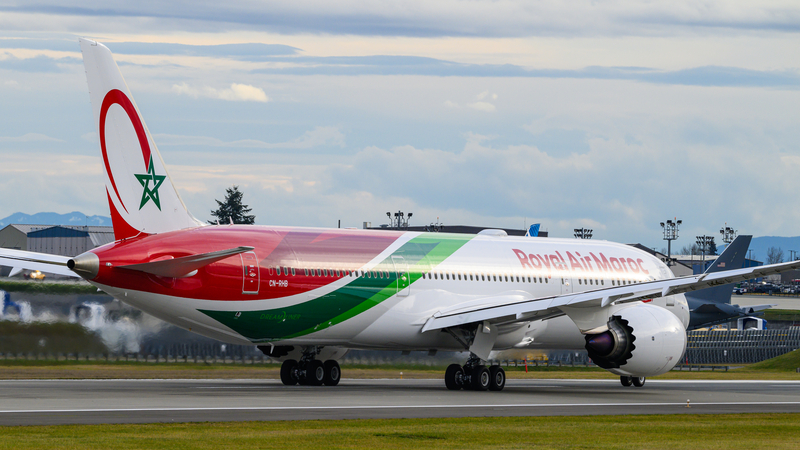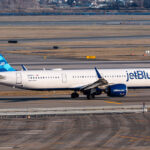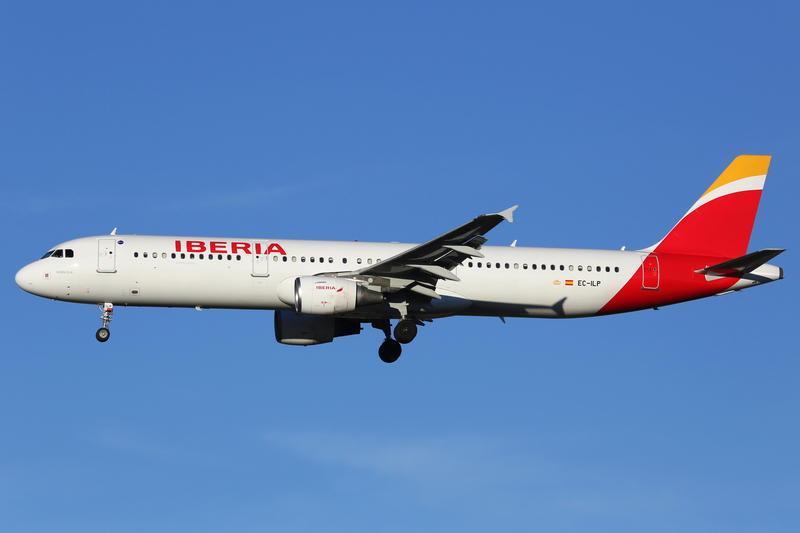Royal Air Maroc Eyes Los Angeles Launch And Boston Comeback For Summer 2026
Royal Air Maroc is preparing for what could be its biggest U.S. expansion in years, with plans to add two transatlantic routes in 2026. The Casablanca-based carrier is expected to debut nonstop flights to Los Angeles for the first time while also restoring service to Boston, a market it exited during the pandemic. Neither route has been officially announced yet, but multiple industry indicators point to a May 2026 start, timed to capture peak summer demand and strengthen Casablanca’s role as a North America–Africa gateway.
Key Developments In The Story
The airline’s reported plan centers on two routes: a brand-new Casablanca–Los Angeles service and a resumed Casablanca–Boston flight. The expected timing aligns with broader growth in Morocco–North America flying, as more carriers add transatlantic capacity to the country and competition heats up across both leisure and diaspora-heavy markets. For Royal Air Maroc, this is a clear signal that it sees room to grow its U.S. presence beyond its current core gateways.
Casablanca–Los Angeles: A Strategic West Coast Breakthrough
A Los Angeles route would be a landmark move. It would give Royal Air Maroc its first-ever U.S. West Coast destination and introduce the only scheduled passenger link between Africa and Los Angeles. On paper, the local Casablanca–Los Angeles market is modest, but the real opportunity lies in connections.
Casablanca is built for onward flow into Africa, and Los Angeles opens a wide catchment area across California and the broader U.S. West. From LAX, Royal Air Maroc can channel travelers over Casablanca to key African cities with strong demand into Southern California, including major North African and West African markets, as well as selected European points. In practice, the flight’s success will depend heavily on how well its schedule integrates with the carrier’s connecting banks at Casablanca, making one-stop itineraries feel seamless rather than forced.
The route is also long—one of the airline’s longest in the network—and that means aircraft choice and load management will matter from day one. A three-times-weekly pattern is a logical starting point for a market that’s new, distance-heavy, and connection-dependent, giving the airline time to stimulate demand without overcommitting capacity.
Boston Return: A Second Chance After The Pandemic
Boston is a different story. Royal Air Maroc served the city briefly in 2019–2020, but the route never had a chance to mature before the pandemic collapsed international demand. Loads were uneven and the market was still developing when service was suspended.
A 2026 restart gives the airline a fresh runway. Boston has since grown into a stronger transatlantic airport, with steady demand in both leisure and visiting-friends-and-relatives traffic. Crucially for Royal Air Maroc, the route also fits the carrier’s strengths: feeding passengers through Casablanca to Africa. If the relaunch follows a similar three-weekly seasonal structure, it allows the airline to rebuild awareness, lean into summer demand, and expand later if performance warrants it.
What This Means For Royal Air Maroc’s U.S. Network
If both routes materialize, Royal Air Maroc would move from three U.S. destinations to five in summer 2026. That would be its largest U.S. footprint to date and a meaningful step toward deepening Casablanca’s hub role.
The growth isn’t just about adding cities; it’s about scale. Two additional transatlantic routes would lift peak-season frequency, widen the airline’s geographic reach across the U.S., and diversify where its African-bound passengers originate. Los Angeles adds a West Coast pipeline, while Boston strengthens the Northeast corridor. Together, they reduce reliance on a small handful of gateways and make the hub more resilient.
What To Watch Next
The biggest unknown is confirmation. Until Royal Air Maroc files schedules and opens sales, details like exact start dates, aircraft type, and operating season remain unverified. The second big variable is timing at Casablanca—whether arrivals and departures line up cleanly with the airline’s Africa and Europe banks. That scheduling detail will be far more important than frequency in determining whether these routes grow into long-term fixtures.
If Royal Air Maroc does move forward, summer 2026 will mark a clear shift in its transatlantic posture: a high-profile West Coast debut paired with a pragmatic relaunch in the Northeast, both designed to funnel more traffic through Casablanca and reinforce the airline’s cross-continental ambitions.





